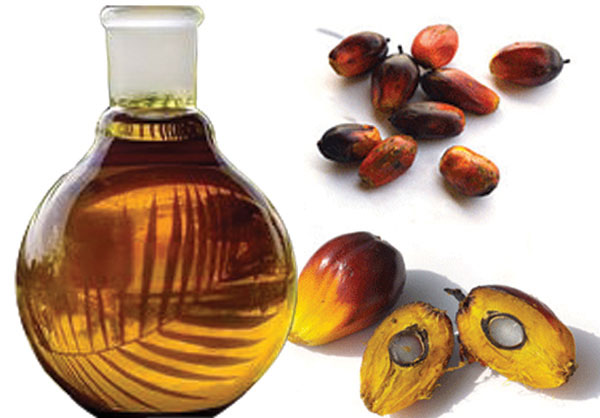
Introduction
The Malaysian palm kernel crushing industry can be considered relatively well developed since it first began in the 1960s. The efforts of the crushers are not in vain. Together they have contributed significantly towards the earning of foreign exchange for the country and making Malaysia the world’s largest producer and exporter of palm kernel oil and expellers/ cakes. The kernel crushers use different processes and machineries in the extraction of oil.
Extraction Process
Most of the palm kernel crushers were previously copra crushers. In fact some are still crushing copra if it is more profitable. Thus in the early days, all the millers used mechanical presses for palm kernel oil extraction. However with the increase in kernel production, plants of bigger capacities were built and solvent extraction technology was introduced.
Currently, two process routes are employed in the country:
(A) Mechanical Extraction using screw pressing
(B) Solvent Extraction
1. Kernel Pretreatment
1.1 Cleaning : Removal of all foreign materials such as stone, metal pieces which can cause damage to the machineries. This is usually carried out by a magnetic separator and vibrating screen.
1.2 Size Reduction/ Flaking : A swinging hammer and breaker rollers are used to break the kernels into small pieces and flakes so as to increase the surface area to ease pressing.
1.3 Cooking : Carried out in stack cooker, this process (i) adjust the moisture content of the meal, (ii) further ruptures the cell wall, (iii) reduces viscosity of oil, (iv) coagulates protein in meals to facilitate separation of oil from proteinaceous materials.
2. Oil Extraction
2.1 Screw Pressing And Clarification
The meal is forced through the press barrel by the action of the revolving worm, thereby expelling the oil from the meal, leaving behind the expeller cakes, with residual oil content ranging from 6 to 10%. The expelled oil contains entrained fines, foots which must be removed by decanting and filtering prior to storage. The expelled cakes are usually bagged for storage.
There are some mills which crush kernels in the presses without any kernels pretreatment. In this case, double pressing is needed to efficient oil extraction. However the capacities of such presses (for double pressing) are usually 12MT per day per press.
Complete pretreatment followed by mechanical pressing are usually carried out by some crushers with bigger crushing capacity.
2.2 Solvent Extraction
The cooked meal is extracted using hexane in an airtight extractor. Both immersion and percolation process are used in the country.
Percolation : Hexane/ dilute miscella is pumped over and percolate through a moving bed of kernel flakes (in buckets or belt). The enriched miscella leaves the bed through a perforated screen.
Immersion : The kernel meal travels in elevators, countercurrent to the fresh hexane in a vertical extractor. This technique is used in combination with percolation in one factory in Malaysia.
Solvent Recovery From Meal : Hexane is removed from the defatted meal in a toaster. The discharged meal is normally palletized prior to storage.
Solvent recovery From Miscella :The hexane is recovered from the miscella by distillation and stripping under vacuum and elevated temperator. The condensed hexane is recycled to the extraction.



